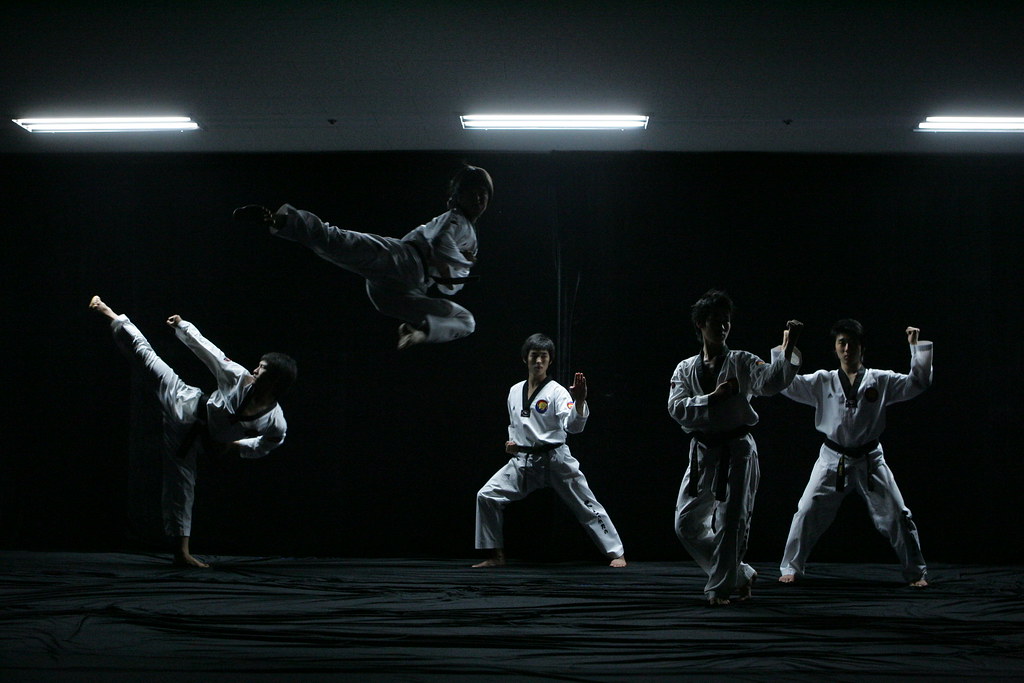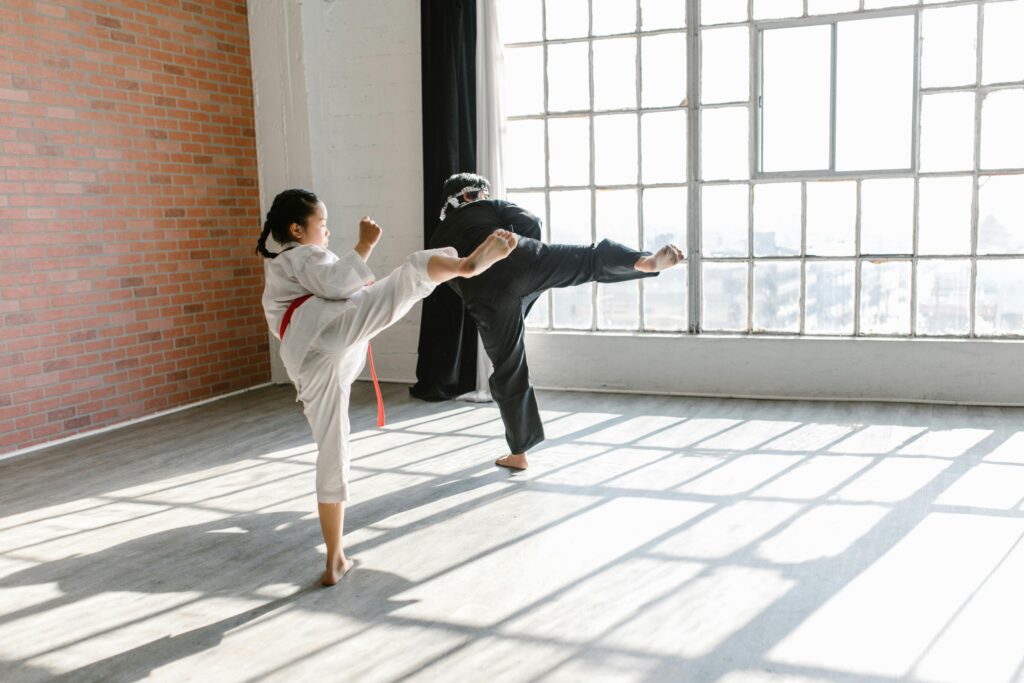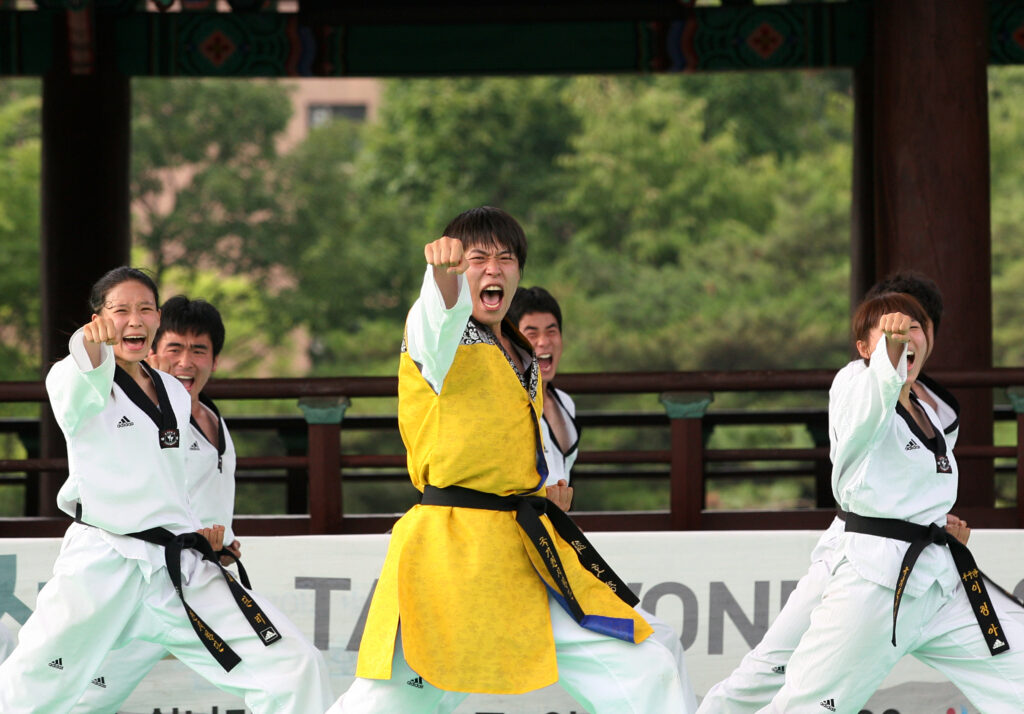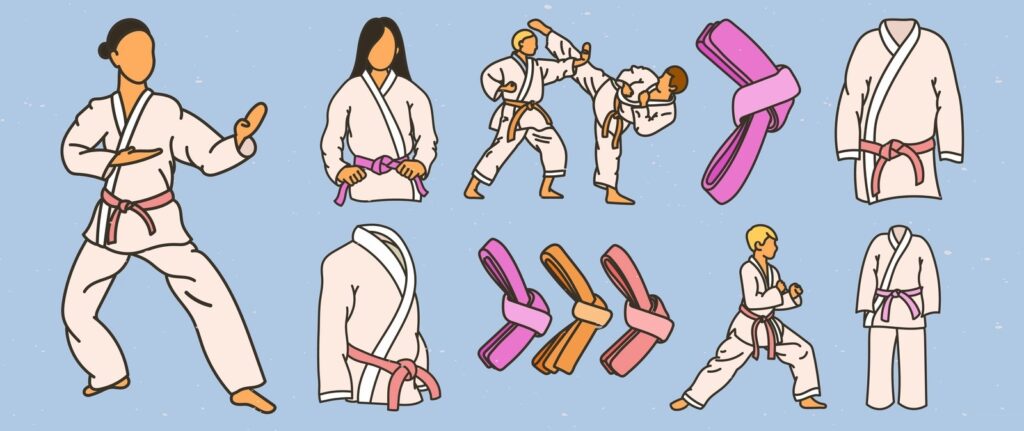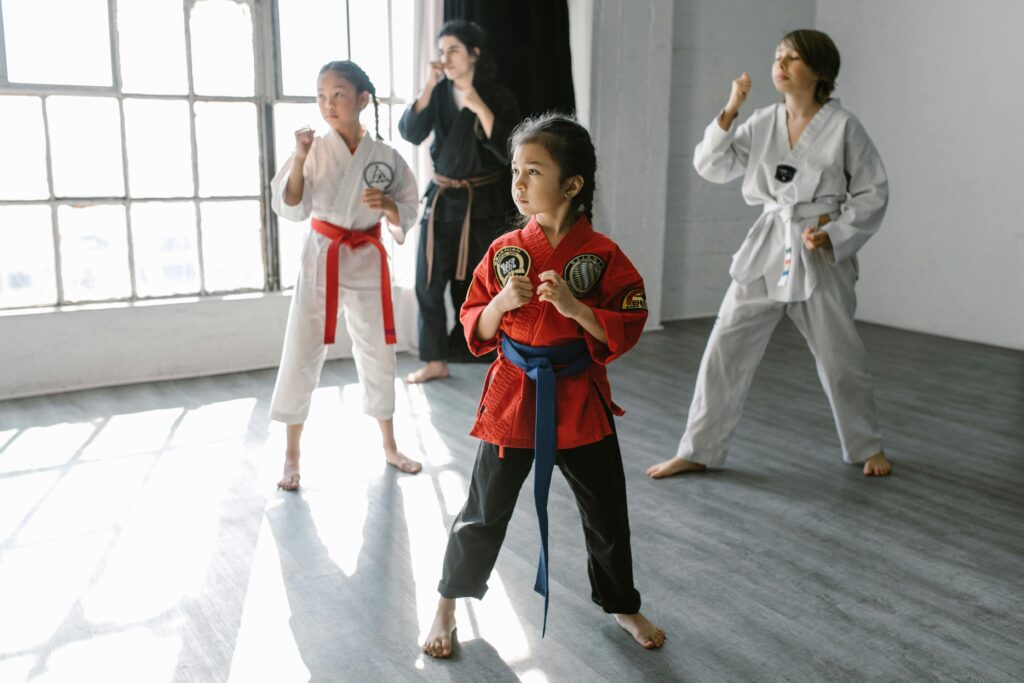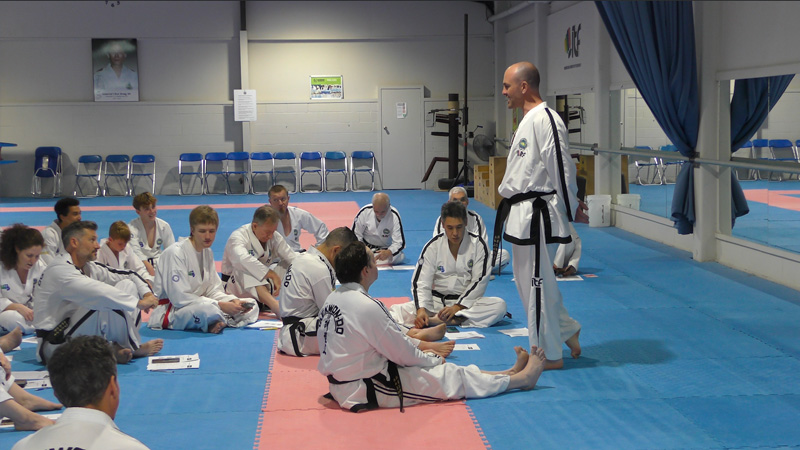5 Powerful Kicks Every Taekwondo Student Must Master
There Are Only 5 Kicks in Taekwon-do — A Complete Step-by-Step Guide
Taekwondo is one of the most popular martial arts globally. Known for its fast, powerful kicks, strong discipline, and Korean origins, it’s often seen as complicated by beginners. Many people think there are dozens or even hundreds of kicks, but in reality, there are just five basic kicks. Every other kick is built on these five.
In this guide, we’ll break down these five fundamental kicks, explain how to train safely, and show why mastering the basics makes a huge difference. Whether you’re a child taking your first class, a teen preparing for tournaments, or an adult improving your skills, this guide will help you understand Taekwondo kicks step by step
What Does Taekwon-do Mean?
Before learning the kicks, it helps to know what the word Taekwon-do actually means.
- Tae means foot or to strike with your foot.
- Kwon means fist or to strike with your hand.
- Do means way or path.
Put together, Taekwon-do means “the way of the foot and fist.” It’s a martial art that teaches balance, discipline, respect, and focus as much as power and speed.
Taekwondo started in Korea and has grown into a worldwide sport with millions of people practicing it. You can learn more about its history on the World Taekwondo Center or check out our About Us page for our school’s background and philosophy.

The Five Fundamental Kicks in Taekwondo
All Taekwondo kicks come from five main types. Let’s go through them carefully.
1. Front Kick (Ap Chagi)
The front kick is usually the first kick a student learns.
How to Do It
- Start in a fighting stance.
- Lift your knee straight up.
- Extend your foot forward and strike with the ball of your foot.
- Pull your foot back and return to your stance.
Key Points
- Keep your balance by tightening your core.
- Focus on control, not just power.
- Perfect for beginners, including children’s Taekwon-do kicks classes.
Mastering the front kick is important because it’s the base for jumps and more advanced kicks like the jumping front kick or axe kick.
2. Side Kick (Yop Chagi)
The side kick is one of the strongest and most stable kicks in Taekwondo.
Steps
- Pivot your supporting foot.
- Lift your knee across your body.
- Extend your leg, striking with your heel.
Training Tips
- Use a kick pad or target mitt to practice safely.
- Practice barefoot on mats or with proper Taekwondo shoes.
Many schools, including Songahm Taekwondo and All Pro Taekwondo, emphasize the side kick for sparring and self-defense.
3. Turning Kick (Dollyo Chagi)
Also known as a roundhouse kick, the turning kick is a fast, powerful move that is very common in Taekwondo.
How to Perform
- Pivot your front foot from a fighting stance.
- Swing your back leg in a circular motion.
- Strike with the top of your foot or shin.
Why It Matters
- It’s great for sparring.
- Builds flexibility and hip rotation.
- Used in competitions and poomsae (forms).
4. Back Kick (Dwit Chagi)
The back kick is powerful and also defensive, useful when someone attacks from behind.
Steps
- Look over your shoulder slightly.
- Lift your rear knee and kick straight back with your heel.
- Return to your guard position.
5. Reverse Turning Kick (Bandae Dollyo Chagi)
Also called the spinning hook kick, this is an advanced kick requiring balance and timing.
How to Do It
- Start in a guarding stance.
- Spin on your lead foot.
- Extend your leg high and sweep across.
- Strike with your heel.
Top athletes, like Jade Jones, often use this kick in competitions. It takes practice, but it can be a game-changer once mastered.
Why There Are Only Five Kicks
All other kicks in Taekwondo are variations of these five.
- A jumping front kick is just a front kick in the air.
- A spinning side kick is based on the side kick.
- Double roundhouse kicks come from the turning kick.
Understanding these basics helps students avoid confusion and build confidence.
Common Mistakes in Taekwon-do Kicking
Even experienced practitioners make these mistakes:
- Not rotating hips properly
- Dropping hands while kicking
- Losing balance
- Rushing the chamber phase
Tip: Record yourself or train under a qualified instructor. You can also watch detailed video tutorials from our Expert Coaches or use the TKDCoaching App.
How to Train Safely and Effectively
Safety is very important, especially for children. In kids’ Taekwon-do, instructors focus on coordination and flexibility before power.
Training Tips
- Always warm up before kicking.
- Use helmets and pads during sparring.
- Practice balance drills to avoid injury.
- Never stretch cold muscles.
For more guidance on uniforms and gear, visit our Shop page or learn about proper Taekwon-do outfit and belt tying.
Poomsae and Kicking
Poomsae (forms) combine kicks, blocks, and punches into structured sequences. They teach discipline and help connect body and mind.
Practicing poomsae improves:
- Timing and rhythm
- Breathing control
- Concentration and balance
Each poomsae uses at least one of the five fundamental kicks, reinforcing their importance.
Taekwon-do for All Ages
From children’s classes to adult programs, learning these kicks builds a strong foundation.
- Kids: Improve focus and confidence through repetition.
- Adults: Build fitness, flexibility, and mental discipline.
Instructors often use fun challenges like breaking boards or mini competitions to make training enjoyable.
Learning Beyond the Dojang
Taekwondo is a lifelong journey. You don’t need to compete to get better. Even practicing at home develops discipline and skill.
You can explore advanced lessons through our Premium Membership or watch free tutorials on our YouTube Channel.
Conclusion
Taekwondo isn’t about knowing hundreds of kicks. It’s about mastering a few key techniques. Practicing the five core kicks deeply improves power, accuracy, and understanding of the art.
Remember, every black belt started with a single front kick. Focus on these basics, train safely, and enjoy the journey.
Learning Taekwon-do is more than just practicing kicks—it’s about training safely and improving step by step. Always follow our Taekwon-do Safety Guidelines and use proper gear from our Shop. Don’t forget to check our Belt Tying Guide for the correct way to wear your uniform.
For more advanced training, explore Advanced Kicking Techniques or join our Premium Membership. You can also train anytime with the TKDCoaching App. To learn more about Taekwon-do’s history and rules, visit the World Taekwondo Center or see how schools like Songahm Taekwondo teach it. Watching tutorials on the World Taekwondo YouTube Channel is also very helpful.

